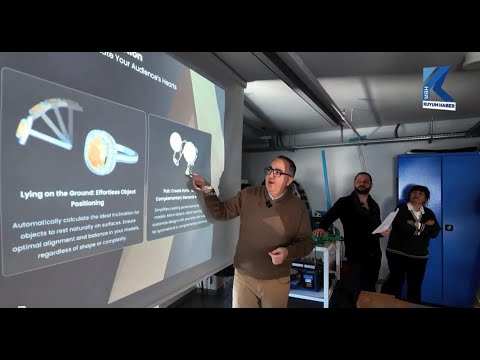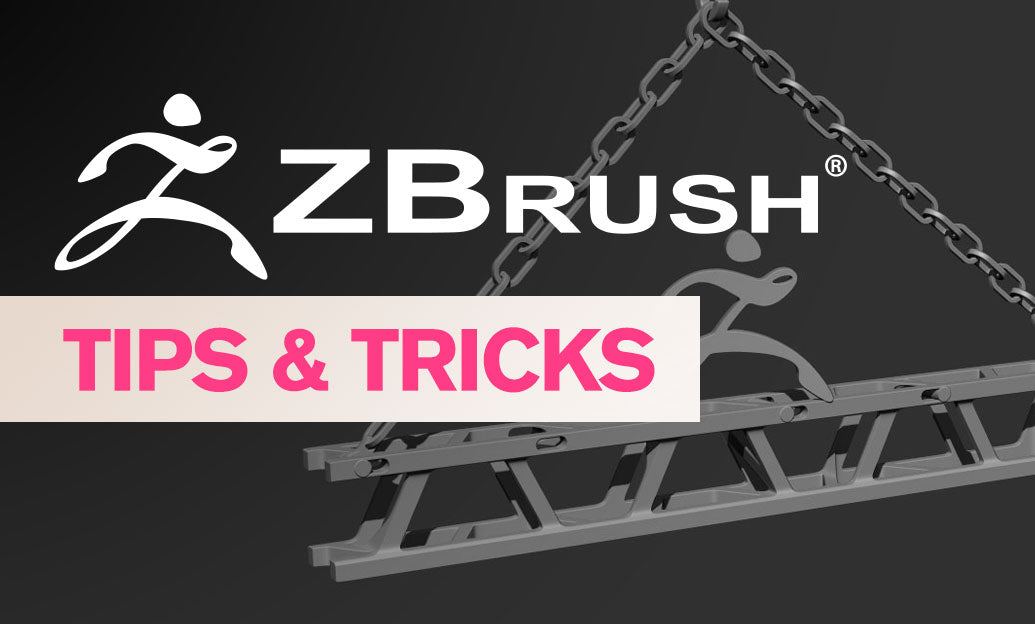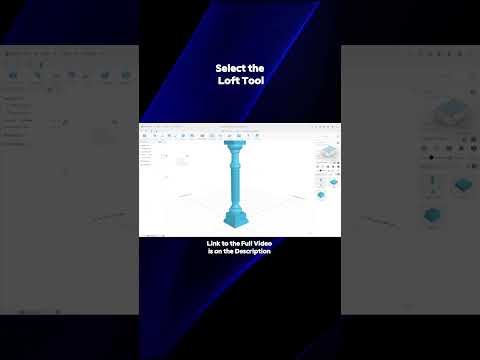Your Cart is Empty
Customer Testimonials
-
"Great customer service. The folks at Novedge were super helpful in navigating a somewhat complicated order including software upgrades and serial numbers in various stages of inactivity. They were friendly and helpful throughout the process.."
Ruben Ruckmark
"Quick & very helpful. We have been using Novedge for years and are very happy with their quick service when we need to make a purchase and excellent support resolving any issues."
Will Woodson
"Scott is the best. He reminds me about subscriptions dates, guides me in the correct direction for updates. He always responds promptly to me. He is literally the reason I continue to work with Novedge and will do so in the future."
Edward Mchugh
"Calvin Lok is “the man”. After my purchase of Sketchup 2021, he called me and provided step-by-step instructions to ease me through difficulties I was having with the setup of my new software."
Mike Borzage
Rhino 3D Tip: Maximizing Design Efficiency with Rhino 3D's History Feature
March 18, 2024 2 min read

Enhance your design workflow in Rhino 3D with the power of the History feature. This practical tool keeps track of the relationship between parent and child objects, allowing for easier modifications and updates to complex models. Below are ways you can streamline your design revisions using History:
- When creating an object with History enabled, you can modify the original "parent" geometry, and the "child" objects will automatically update to reflect these changes.
- Use History to experiment with different shapes and forms quickly, knowing you can effortlessly update related objects.
- History can be particularly useful in iterative processes, such as jewelry design or when working with repeated elements in architectural models.
- To enable History, simply use the
_Historycommand before creating your geometry, or click on the Record History button on the Status bar. - Manage the History of objects effectively by using the
_HistoryPurgecommand to remove the History from selected objects or the entire model if necessary. - Be mindful that History can increase file size and complexity. Use it judiciously for those parts of your model that will benefit from this dynamic link.
- Remember that certain transformations may break the History link. If this happens, you will need to recreate the History or manually update the child objects.
- If you're working with commands that support History, you can find a small clock icon in the command dialog, indicating that History recording is an option.
- For advanced users, take advantage of the ability to script operations with History in mind, opening up a new level of automation and efficiency in your modeling process.
As an experienced application engineer, you can appreciate how Rhino's History feature can significantly speed up the design process by providing a non-linear approach to modeling. However, it is important to understand when and where to use it for maximum effectiveness.
For more tips and tricks, make sure to check NOVEDGE's blog and connect with the vast community of Rhino users to share experiences and insights.
You can find all the Rhino products on the NOVEDGE web site at this page.
Also in Design News

💎 Rhino Artisan Arrives in Turkey: Revolutionizing Jewelry Design
February 27, 2025 1 min read
Read More
ZBrush Tip: Mastering Curve Surface for Unique Textures in ZBrush
February 27, 2025 2 min read
Read MoreSubscribe
Sign up to get the latest on sales, new releases and more …



